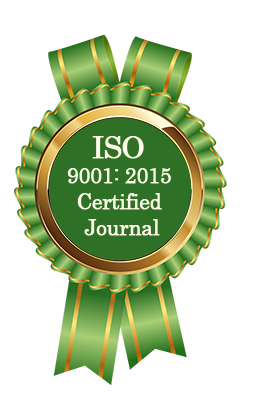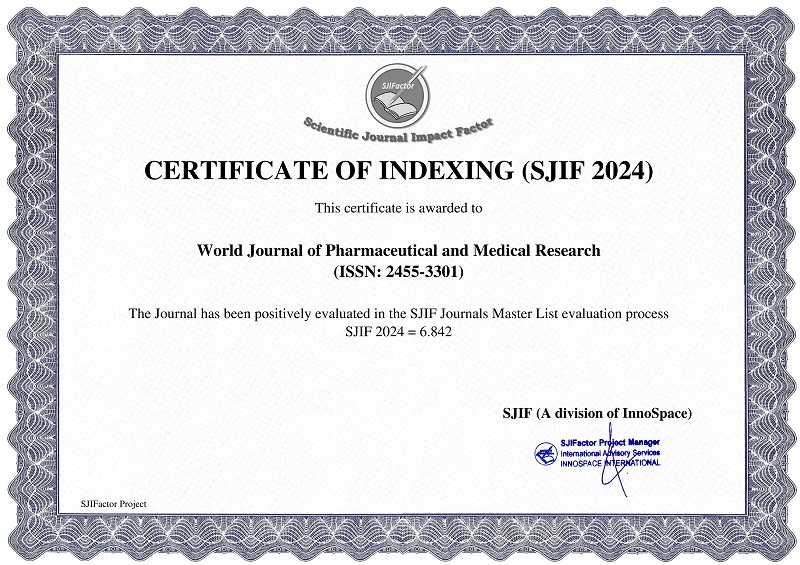FORMULATION AND EVALUATION OF POLY HERBAL TOPICAL WOUND HEALING CREAM
Tejas N. Zuge*, Nikhil D. Zuge, Ganesh V. Mohite, Vithhal S. Barkade, Assi. Proff. Suraj M. Gholap
ABSTRACT
Creams have been used as topical medications since time immemorial due to their ease of operation to the skin and also their junking. Pharmaceutical creams have a variety of operations ranging from ornamental purposes similar as sanctification, beautifying, altering appearance, moisturizing etc. to skin protection against bacterial, fungal infections as well as mending cuts, becks, injuries on the skin. The mortal skin is fluently vulnerable to injury but it has the capability to heal on its own. Still, the natural mending process can take time and there's also threat of infection especially in the early stages of injury. In similar cases, creams can be applied to the point of injury to speed up the mending process as well as cover the crack from infection. In this review of literature, we've concentrated on the use of pharmaceutical creams for crack mending with detailed discussion relating to the crack mending process, suitable styles of medication of creams; their bracket grounded on their function, characteristics and conflation type and the colorful types of creams, constituents used in the expression of creams and their colorful evaluation parameters. Creams are the topical medications which can be applied on the skin. Creams are defined as ?thick liquid orsemi-solid mixes of either the oil painting- in- water or water- in- oil painting type? lozenge forms which thickness varies by oil painting and water. Creams are used for ornamental purposes similar as sanctification, beautifying, perfecting appearances, defensive or for remedial function. These topical phrasings are used for the localized effect for the delivery of the medicine into the underpinning subcaste of the skin or the mucous membrane. These products are designed to be used topically for the better point specific delivery of the medicine into the skin for skin diseases. Creams are considered as a pharmaceutical product as they're prepared grounded on ways developed in the pharmaceutical assiduity; unmedicated and treated creams are largely used for the treatment of colorful skin conditions or dermatos. Creams can be ayurvedic, poly herbal or alopathy which are used by people according to their requirements for their skin conditions. They contain one or further medicines substances dissolve or dispersed in a suitable base. Creams may be classified as o/ w or w/ o type of conflation on the base of phases. The term ? cream‘ has been traditionally applied to circumfluous formulated as either water- in- oil painting( e.g. cold wave cream) or oil painting- in- water. Crack mending is a complex process driven by a series of stages that bear a suitable crack check terrain, attributable to numerous factors. still, several factors contribute to detention in mending processes, including infection and the presence of certain conditions. Under unfortunate circumstances, an shy crack mending process could lead to amputation. reek is the traditional dressing to cover up injuries but tends to dry the crack bed. thus, a wettish dressing may prove helpful in furnishing a suitable terrain, precluding skin blankness, and enhancing angiogenesis of the crack area. The operation of topical cream could expedite crack mending better than a wettish dressing, as the former facilitates the form process by maintaining the hydration situations of the affected skin. The issues mentioned over are bandied in detail in this review paper, fastening on recent advances, advantages and downsides of topical creams for crack treatment. In addition, the composition includes suggestions to ameliorate topical cream phrasings for effective delivery of the demanded remedial agents to help in crack form. Crucially, topical creams could play a crucial part in particular crack care and grease regenerative drug. new strategies for speedy crack mending are in demand to palliate the healthcare fiscal burden.
[Full Text Article] [Download Certificate]



